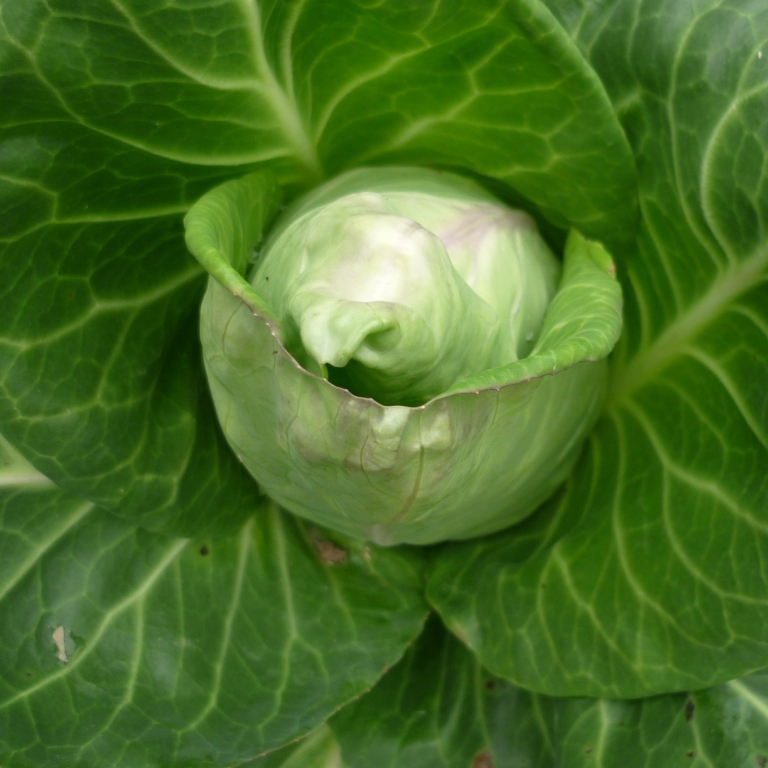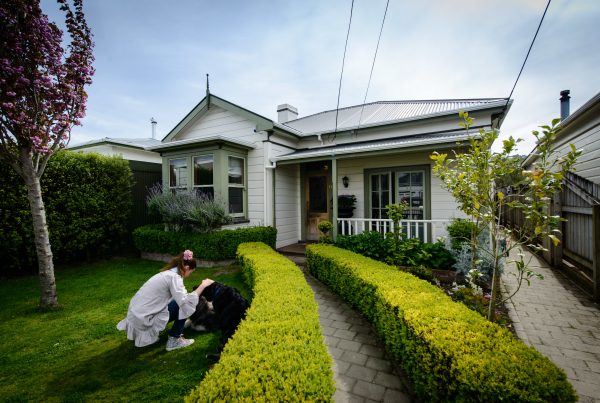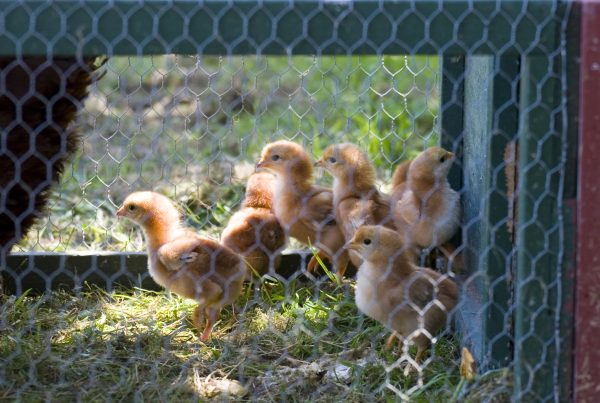
Cabbages are a member of the Brassica or cruciferous vegetable genus, close relations of cauliflower, broccoli and Brussels sprouts. The word ‘brassica’ is derived from bresic, Celtic for cabbage, while ‘cruciferous’ derives from the flower petal pattern, which is thought to resemble a crucifix. This group is likely to originate from a wild cabbage ancestor found in Europe. They are a valuable addition to our diet, being high in vitamin C, beta-carotene and soluble fibre. Brassicas – particularly the red varieties – provide many nutrients and phytochemicals vital to our health, keeping us cancer-free, regular and beautiful (but only if you eat them).
Cabbages are the most widely grown brassicas. They like an open site with good sun and a rich, moist soil. They have a high nitrogen requirement, so do well following peas or beans, which fix nitrogen into the soil with their roots. Cabbages need a firm base, so it’s better not to dig or add compost to the soil just prior to planting. Garden centres often sell cabbage seedlings, but growing your own is easy and will give you a wider choice of varieties. Seeds need a temperature of about 10˚C to germinate and the seedlings should be up within a week. Grow them in small pots until their first true leaves appear and you can see roots just poking through the base of the pot.
Plant out the seedlings 30–50cm apart in both directions depending on the variety. If cabbage white butterflies are in the vicinity, the plants will need covering with fine mesh to protect them. Holes in the centre of the leaves tend to indicate attack by caterpillars, while holes at the edges are a sign of slugs and snails.
I enjoy the ‘Space Saver’ variety, which produces a 1kg tightly wrapped round head in about 60 days from transplanting the seedlings. ‘Conehead’ is worth growing for its name and its rocket shape. ‘Red Express’ is a small red cabbage that takes about 10–12 weeks to mature. If you’re after a speedier result or keen to make your own kim chi, then you might want to try Chinese cabbage, which you’ll be able to pick about eight weeks after sowing.
Raw or cooked, fresh or fermented, cabbage has a great deal to offer in the kitchen as long as it’s not sulphurous and overcooked. Freshly steamed shredded cabbage with a knob of butter takes some beating. Often coleslaw mixes carrots and cabbage with a mayonnaise dressing, a little fresh or dried fruit for sweetness and a few nuts for crunch. Asian variations tweak the dressing and seasonings to produce a very different but equally delicious salad. Cabbage has a natural affinity with bacon and caraway in the Slavic tradition, and Indian dishes often pair it with mustard seeds and chillies. Large cabbage leaves make a flexible and gluten-free wrap for pie-type ingredients. I’ve also had great success experimenting with preserving cabbage with salt in its own natural juice as sauerkraut.
Whether you’re going to draw them, enjoy them as sculpture in your garden or even eat them, cabbages are an indispensable and beautiful winter crop. It’s cool to be a cabbage.





